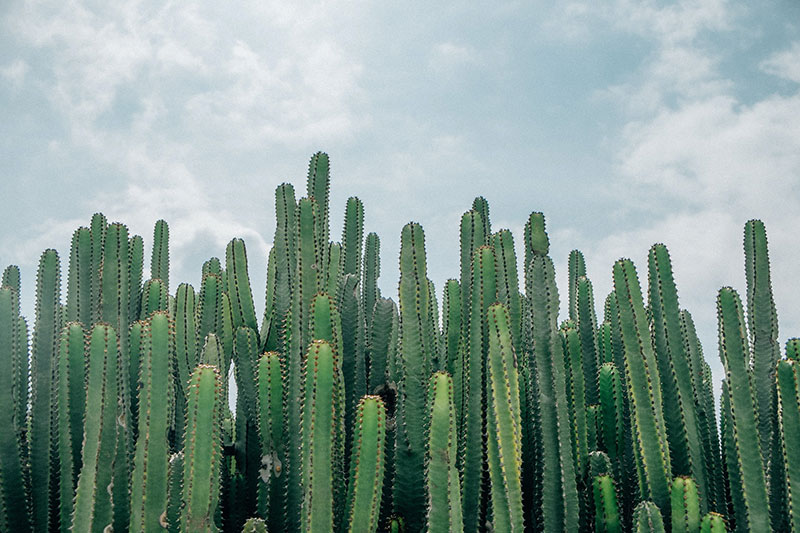*1-22: [Organ Pipe Cactus National Monument] I just returned from over an hour’s walk around a lovely trail, one I know I’ve mentioned on earlier visits, the one I always walk several times depending on how long I’m here. I recently downloaded a short essay from close to twenty years ago by an art historian named Jennifer Roberts called “The Power of Patience.” It is built around a teaching technique of hers in which students are told to pick any picture on display in an area museum (she taught at Harvard [and maybe still does] so there are plenty available) and observe it for three hours, apparently in one sitting, and to write what they learn about the painting and, presumably, about the experience of patiently being present with it for so long. I was drawn to the idea as I always am to the idea of attentiveness and patience, knowing my deficiencies while intuitively knowing what I miss because of them. When I reached the ridge at the top of the valley I had walked through I sat for a time (I didn’t check it on my watch but I presume between a quarter and a half hour) looking out at the valley to the west and the rich texture of rock and flora all around. I am going to return and extend the time. Even my brief period felt cleansing and a movement toward immersion that I want to accentuate while here. Can I sit there for three hours? What will I learn as I try? I won’t make a contest out of it, but the effort is definitely worth making for I know that depth exposure to Nature (or a person or art work or many other encounters) is what feeds soul. What I saw today reminded me how responsive to local conditions Nature can be, how determined she is to engender life fit for the circumstances, how innate beauty appears wherever she works, how she outdid herself in this part of the Sonora Desert environment. Except for a desert wren atop a saguaro the animals were quiet.
… I am here and feel at home while admiring how the plants and animals here exceed me in their fit and their resourcefulness in an environment with narrow margins. The view across the valley extends about three quarters of a mile; it’s not a deep valley and the ridge on the other side undulates north/south and rises in its middle to low mountains before descending to the Rio Grande and Mexico beyond. The same rich floral coverage all the way across, although I notice on the adjacent hillside directly to my north that the organ pipes have proliferated; the hill faces south so the organ pipes must enjoy the sun. (I read on the Monument map when I return this: “A glutton for heat and light, it [organ pipe cactus] grows on warmer slopes where it can absorb the most sun.” Seemingly, it impudently takes necessity and runs with it to these slopes, but it knows what it’s doing since, as I read further, it is also vulnerable to frosts so the summer’s high heat turns into the winter’s resilience.) I am here not to think but for perception, and to receive what it offers. The longer I sit the more I feel the spirit of the place. Within my arc are many of the primary denizens of this part of the Sonora: creosote, ocotillo, palo verde, organ pipe cactus, fishhook cactus (which is rare and very attracting), cholla, and saguaro; also limber bush and the ubiquitous unknown bush from the campground (whose identification I hope to track down tomorrow). Palo verde seems in a way out of place—green over its entire body (trunk, branch, limb, twig, seed) except where dead and turned brown. So verdant it almost seems tropical, but it can hardly be said to have leaves, which gives away its desert provenance; instead its tiny twigs, many bearing seeds, are so prolific as to give it a rich green density. And it seems especially drawn to affectionate alliances, growing up enmeshed with saguaro, organ pipe, and one I saw completely enwrapped by ocotillo. They are promiscuous, with no apparent favorites. I have to ask why this abundance. I don’t know the geologic history of this place; it has surely, over the eons, traveled around the globe on its underlying plate; still, for a long time it has been here in this latitude and became desert. It must once have been more or less barren or perhaps transitional but it surely did not have all these cacti and their associates that I so love. They evolved, and not just one hardy colonist but an array of different species with different looks but obviously drawn together in compatibility. Why do they all have thorns? Tough armor for a tough environment? Protect what you have because replacements are hard to come by? And why does the fishhook cactus turn his hooks inward—what kind of protection can that be? The diversity shows wisdom—the local plant kingdom is more hardy that way, and it also entrances people like me, not that it cares. It magnifies beauty, the sort that arises from harmonization among diverse elements: collectively and individually, it works and they glow. And I leave for the day, walking down the trail in slow composed silence.
Photo by David Sola on Unsplash


